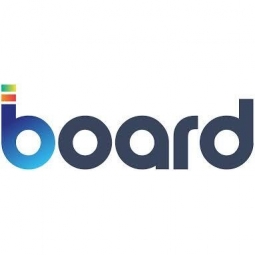Intelligent Supply and Demand Planning at StarKist: A Case Study
- Analytics & Modeling - Predictive Analytics
- Platform as a Service (PaaS) - Application Development Platforms
- Consumer Goods
- Finance & Insurance
- Logistics & Transportation
- Demand Planning & Forecasting
- Supply Chain Visibility
- System Integration
StarKist, a leading food company in the United States, was facing significant challenges in managing its supply chain. The demand planning function and the financial planning and analysis team were using separate sets of spreadsheets to track inventories and orders for 100 key accounts and 200 product SKUs. This disjointed approach was not only inefficient but also prone to errors, especially when dealing with new SKUs, discontinued SKUs, and customer allocations. The supply chain's reliance on an SAP ERP for production planning resulted in a massive amount of data accumulating in a complex spreadsheet that was becoming increasingly difficult to maintain. Furthermore, the lack of real-time data between the supply planning and demand planning functions made it impossible to conduct in-depth analysis of SKU traffic or to quickly respond to volatile market conditions.
StarKist is a well-established food company in the United States, known for its healthy, sustainable, shelf-stable seafood and chicken products. Founded in 1917, the company has three production facilities in American Samoa, Ecuador, and Senegal, and five major distribution centers in the US, in partnership with CJ Logistics. StarKist is considered an industry innovator, being the first brand to introduce single-serve pouch products, including Tuna Creations®, Salmon Creations®, and Chicken Creations®. The company generates an annual revenue of $210 million.
To address these challenges, StarKist implemented the Board Intelligent Planning Platform. This cloud-based solution replaced the spreadsheet-based planning system, automating the aggregation and allocation of units and eliminating the need for manual data entry. The platform also allowed the supply chain operations to access the same data as demand planning, creating a single source of truth across the two functions. Additionally, the platform enabled the creation of reports, scorecards, and KPIs that included all financial variables, and provided detailed analysis of the pros and cons of new SKUs and what happened with discontinued SKUs. The implementation of the Board solution was completed in just six months, thanks to the efforts of Board’s Professional Services team.
Related Case Studies.
.png)










